Description
Motorola MVME147SRF VMEbus Single Board Computer: Keeping Legacy Industrial Systems Alive
If you’re maintaining aging industrial machinery or military equipment from the late 90s/early 2000s, you’ve probably wrestled with sourcing replacements for obsolete VMEbus controllers. The MVME147SRF isn’t flashy by today’s standards, but in my experience troubleshooting plant floors, it’s often the unsung hero keeping production lines humming when newer systems aren’t feasible. One thing I appreciate is how Motorola engineered these for brutal environments – you’ll still find them running in power plants and radar systems where a $50 Raspberry Pi would fry in minutes.
Why This Board Still Matters Today
- →
True VME64x compatibility – plugs into legacy crates without adapter headaches. From what I’ve seen, this avoids the signal timing issues that plague cheaper clones when interfacing with 20-year-old I/O modules. - →
MCF5272 ColdFire processor – delivers just enough MIPS for PLC logic or sensor monitoring. It’s not blazing fast (50MHz max), but typically handles legacy ladder logic without breaking a sweat. - →
Ruggedized for industrial abuse – conformal coating and extended temp range mean it survives oil mist, vibration, and temperature swings that would kill commercial boards. A refinery client recently told me it outlasted three “modern” replacements in their sour gas compressor control cabinet.
Technical Reality Check (No Marketing Fluff)
| Specification | Details |
|---|---|
| Brand/Model | Motorola MVME147SRF |
| HS Code | 8543709990 (VMEbus control modules) |
| Power Requirements | +5V @ 2.5A typical (check crate backplane capacity) |
| Dimensions & Weight | 6U (233mm x 160mm), ~550g – fits standard VME crates |
| Operating Temperature | -40°C to +85°C (industrial grade – no fans needed) |
| Key Interfaces | VMEbus (P0/P2), RS-232, 10/100 Ethernet, 2x USB 1.1 |
Where You’ll Actually Use This
Let’s be real – you’re not designing new systems with this. But if you’re supporting:
• Nuclear plant control systems (where certification costs kill upgrades)
• Rail signaling equipment from the Siemens Desiro era
• Legacy semiconductor fab tools like older Applied Materials platforms
…this board is often the only cost-effective path to avoid $200k+ system replacements. One aerospace client used it to bridge communication between 1998 test rigs and modern diagnostic laptops – saved their production schedule when the OEM went bankrupt.
The Procurement Perspective
Why pay premium for obsolete tech? Three reasons: First, zero integration risk – drops into existing VME crates with identical pinouts. Second, 365-day warranty (rare for NOS boards) covers latent defects. Third, no firmware surprises – the OS-9 or VxWorks BSPs are frozen in time, avoiding “helpful” updates that break legacy drivers. You’ll want to budget for spares though; when these fail, finding replacements gets pricier by the month.
Installation & Care Tips (From Field Mistakes)
Before sliding it into your crate: verify backplane voltage stability (ripple >5% kills these boards), and always wear a grounded wrist strap – the ColdFire chip hates ESD. In humid environments, I’ve seen conformal coating degrade after 15+ years; inspect for white crystalline deposits near connectors. For maintenance: clean contacts with 99% isopropyl every 18 months, and check capacitor bulging (common failure point). Firmware updates? Only if absolutely necessary – the 1999 bootloader won’t handle modern signed images.
Getting Your Hands on One
We test every unit with VMEbus exercisers and burn-in cycles. Here’s how it works:
• Delivery: 1 week for tested inventory (most common configs)
• Payment: 50% deposit to secure, balance before shipping
• Shipping: FedEx/UPS/DHL with real-time tracking
• Guarantee: 365-day no-questions warranty – if it fails in your system, we cover diagnostics and replacement
Note: This isn’t for new designs. But if you’re keeping critical legacy gear alive, it’s often the most economical lifeline you’ve got. Last shipment went to a water treatment plant in Rotterdam – their original boards had been cannibalized for parts since 2012.

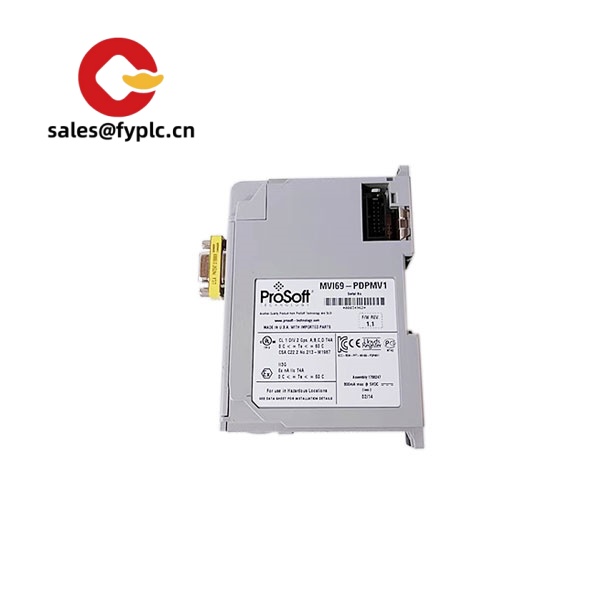
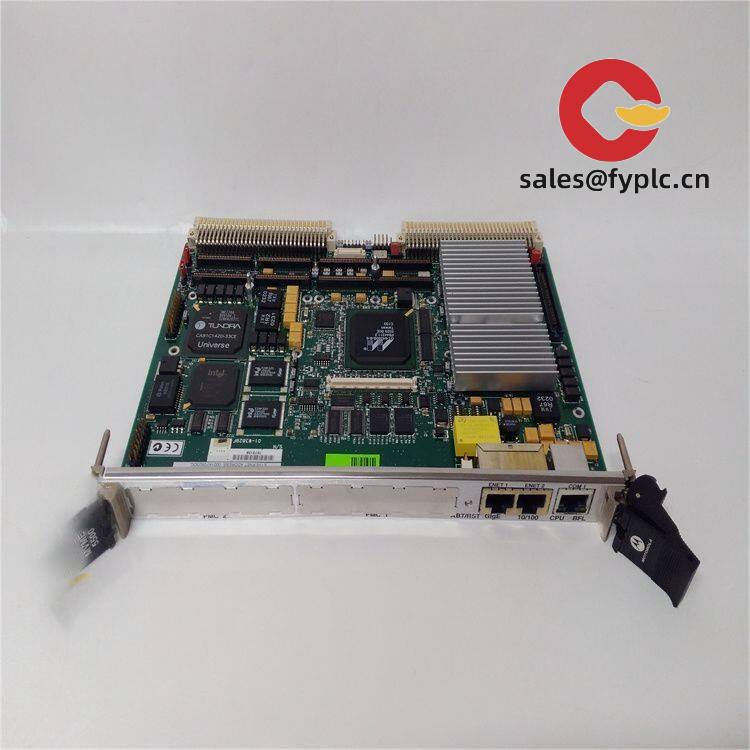


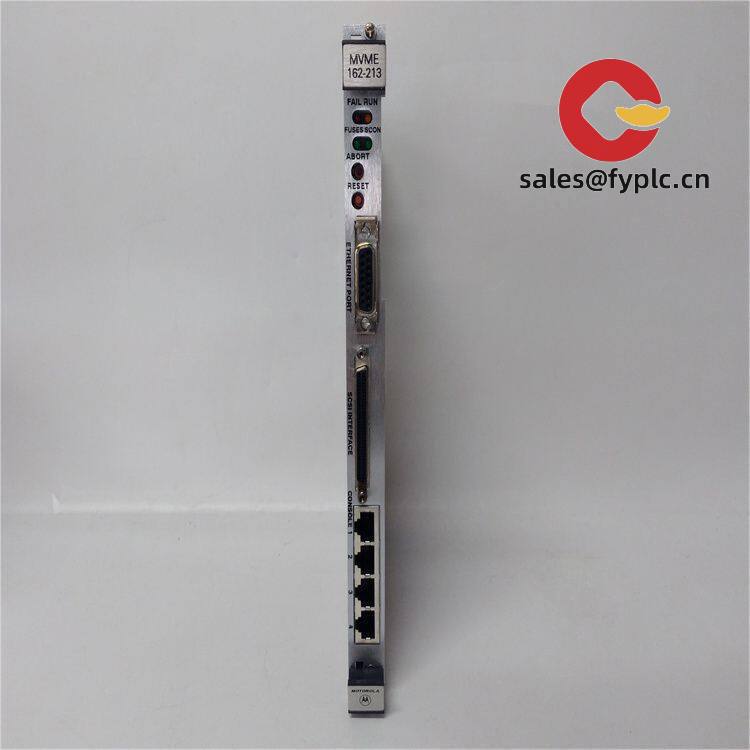

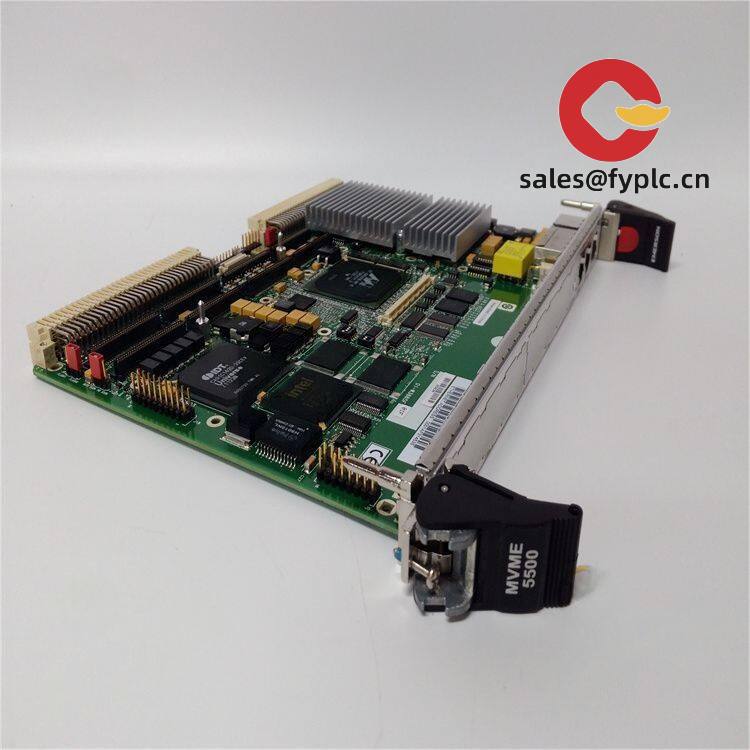
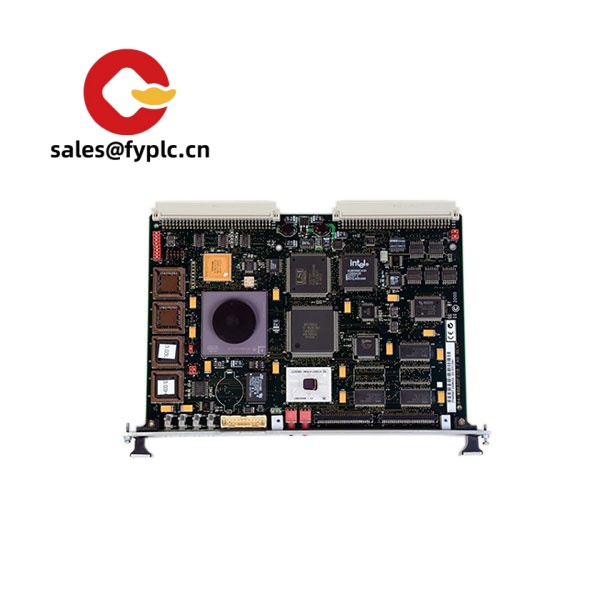
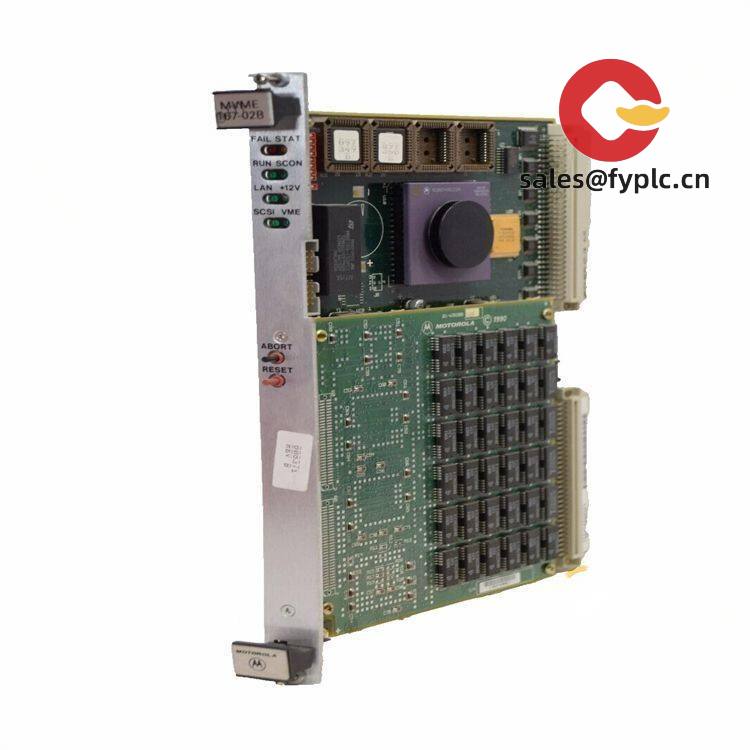

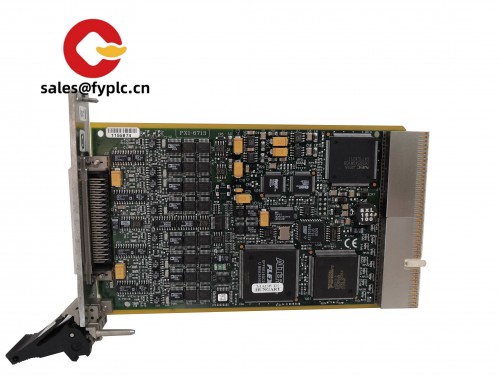
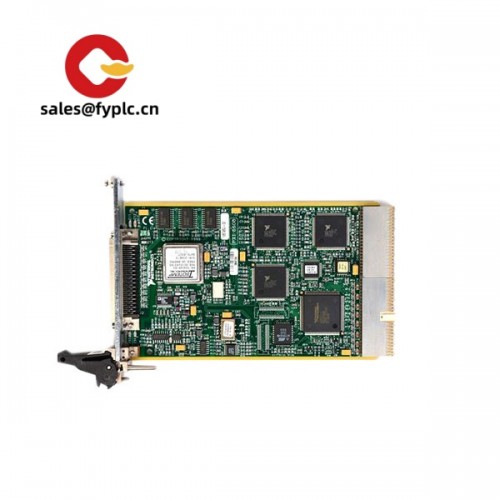




Reviews
There are no reviews yet.